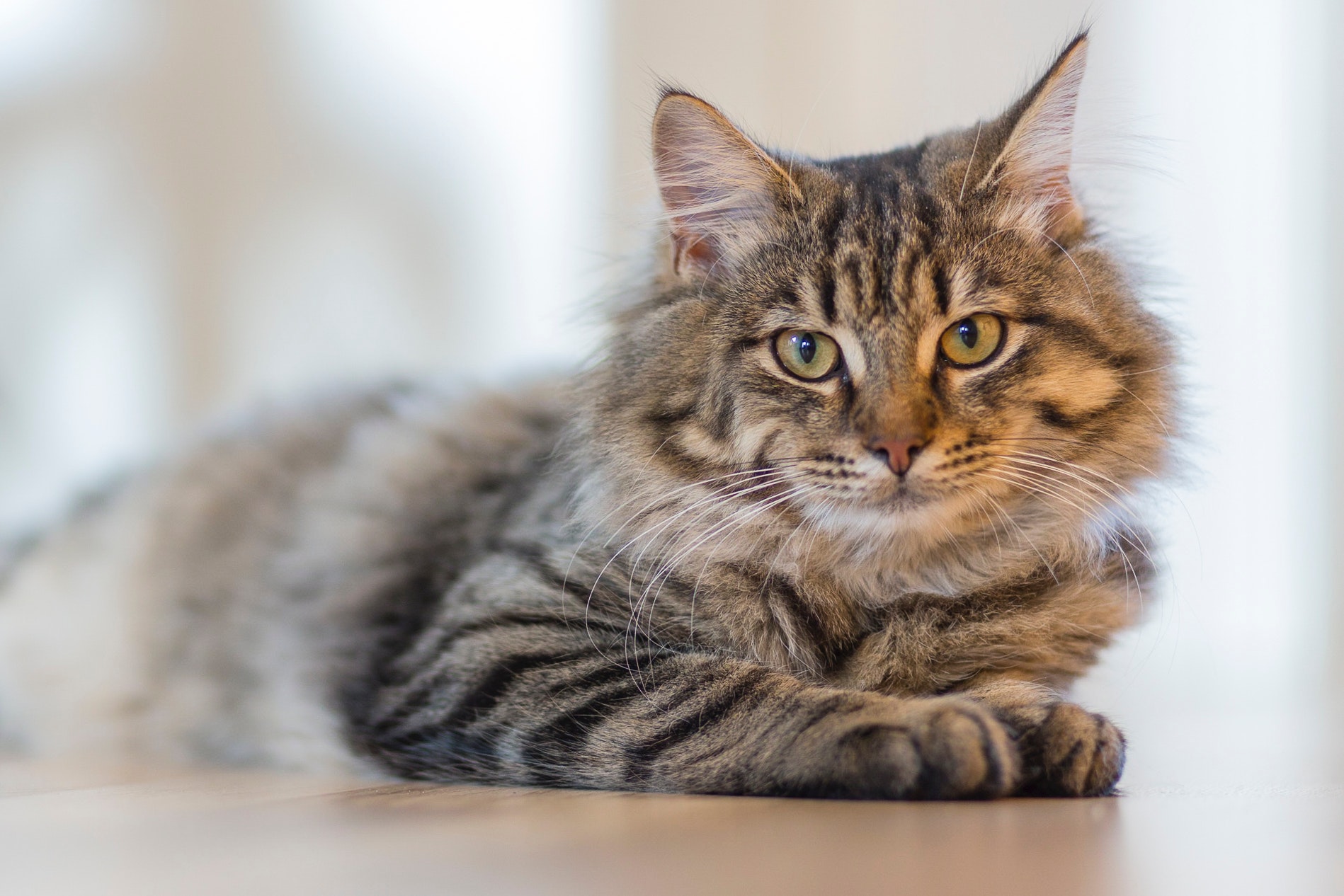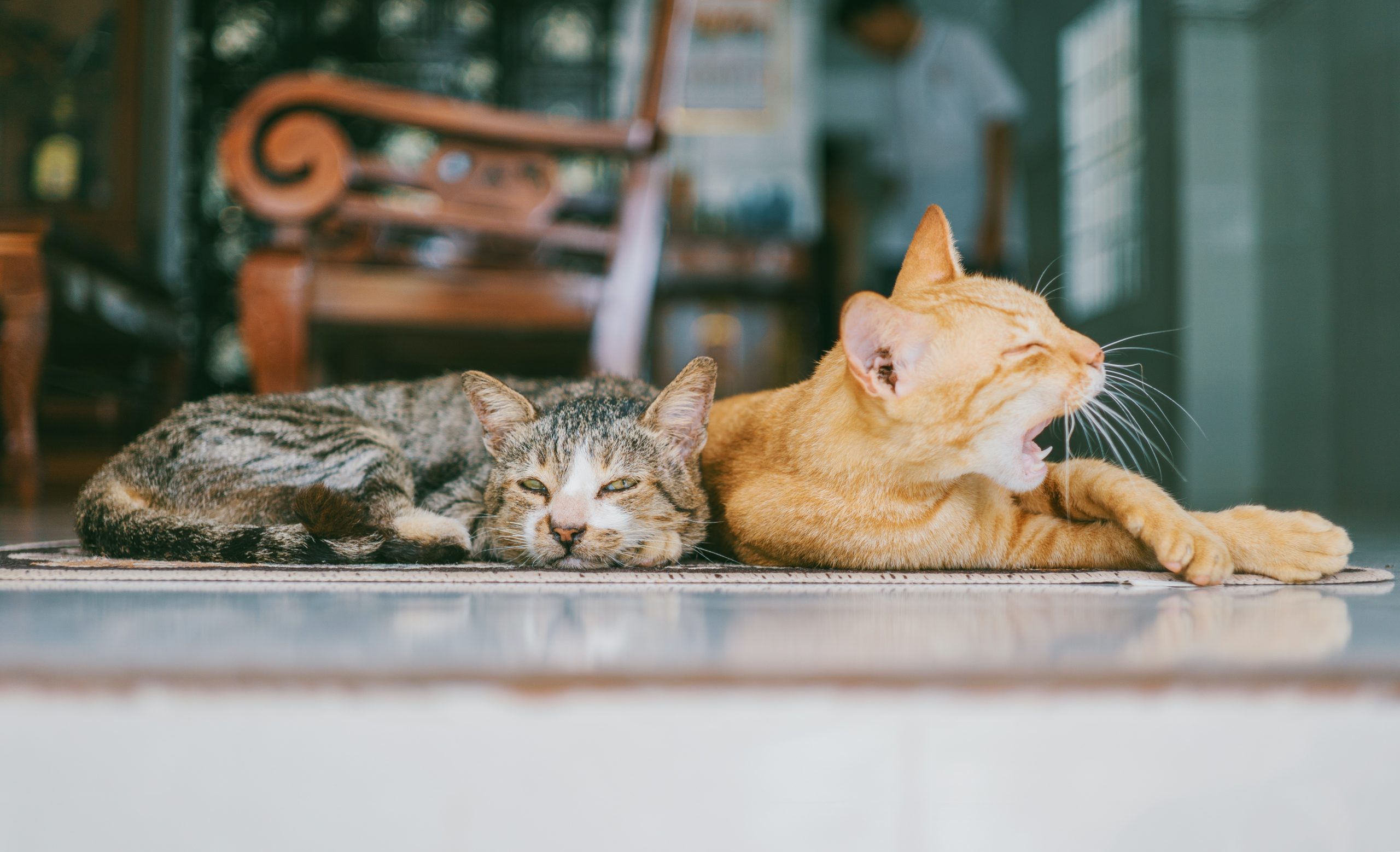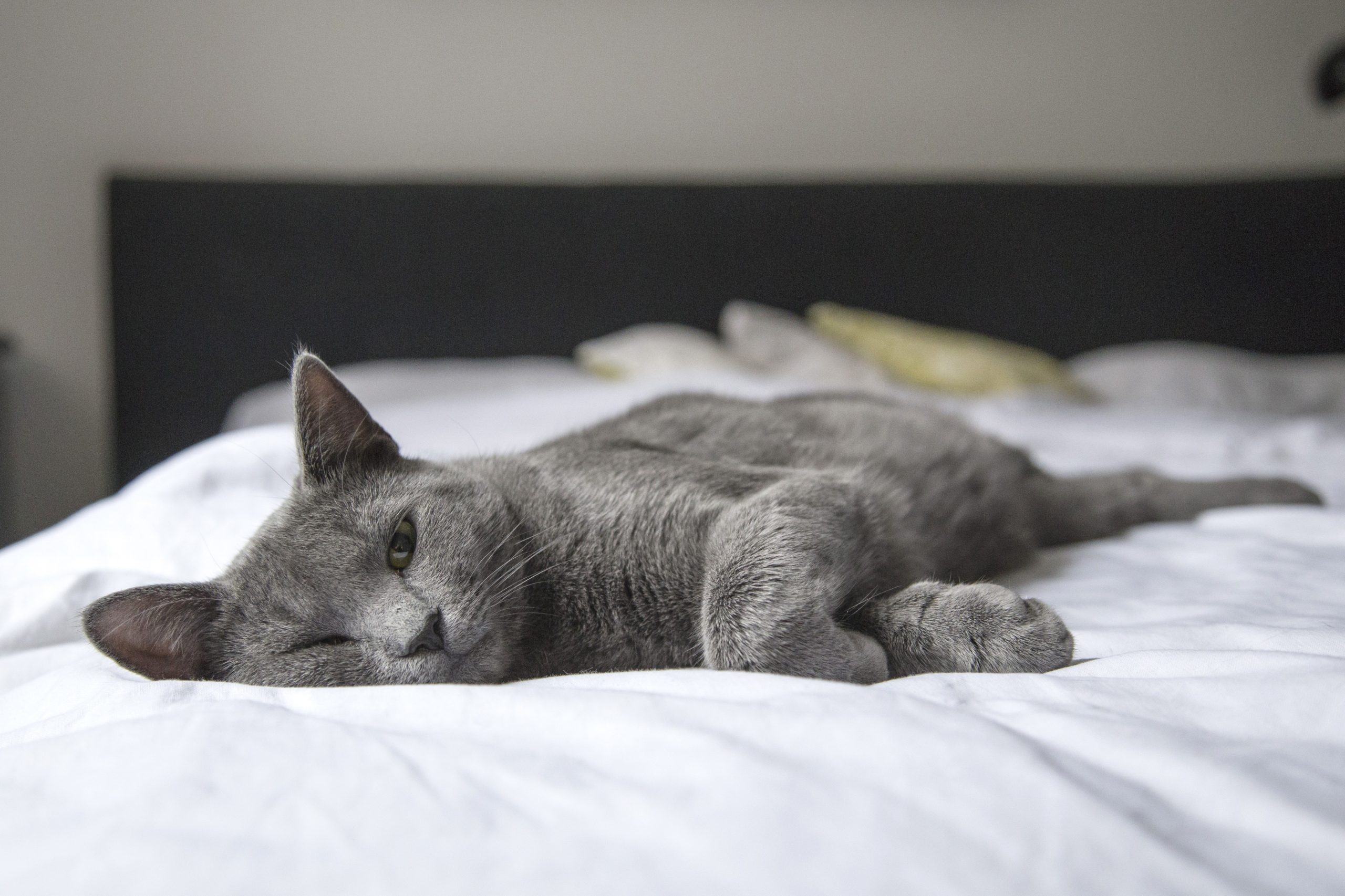Do they ever get bad breath from not brushing their teeth? Well, Dr. Kim certainly doesn’t have time to brush my teeth, and it is not an intimacy that I’m inclined to permit. Anyway, I do a perfectly good job of cleaning the inside parts of my teeth with my tongue, and I chew on chicken necks, wings and lamb brisket bones to polish the outside of my teeth.
I have to admit that I’m getting a bit bored with the work involved in chewing tough stuff.
Apparently I have to have a major chewing session twice a week to keep my teeth in good shape. Well, it just isn’t happening anymore, and that makes me part of the 85% of cats (and dogs) who have some level of dental disease once past the age of 3 years.
Anyway, with so many of us not brushing our teeth, we cats are in about the same position as our human’s grannies – nobody’s granny had any teeth until recently did they? Well, the toothbrush and fluoride only arrived this century! So it’s not really surprising that feline teeth are a bit in the Dark Ages.
Part of the problem is that our teeth are for slicing rather than grinding like humans (and horses), and we put up to 180 psi pressure on the tips. Which is why, aside from the perfect slicing design, we can bite humans right to the bone when we’re cranky! Dentistry hasn’t caught up with us though, so none of the current repair procedures work very well on cats’ teeth – all the ionomers and things just pop off again under that pressure.
This means that chewing really is an important part of our health care – those bugs caught in the plaque on my teeth go through my kidneys and damage them! YUK! I’ll get started on those bones right away again.
Having said that, I guess I’ll have to have another turn ‘in the dentist’s chair’ – I hate being starved but to clean my teeth I have to be asleep and that means an anaesthetic. Oh well, it is only one day in the clinic after all, and then my breath will be gorgeous again. If I promise to chew stuff, I can put off another visit for another few years. Even if I lose my molars, though, I can still use my front teeth (the canines) to catch and kill mice; I just won’t be able to peel them! Dr. Kim says that’s a plus anyway!
How many teeth does a cat have?
Eighteen ‘big teeth’ and twelve incisors (those little ones in the front). Most cats lose their incisors as time goes by without any problems. The big long front teeth (the ‘canines’) are the ones for grabbing mice behind their necks to kill them and they also keep the face shape. With these teeth, a ‘homebody cat’ can eat well using their tongue and hard palate to pick up dry biscuits and tinned food.
The molars are the slice and dice set, and these are the ones that get into trouble and need removing. After all, wild cats only live to five years old, so there is no advantage to having good teeth when you’re ten years old out there where selection goes on, because you probably aren’t going to live that long!
Does chewing grass clean a cat’s teeth?
I’m not sure. I don’t chew the stuff myself, though some of my feline mates are very big on it. It looks like they’re chewing and cleaning, but then they vomit the grass back up anyway. Nope, I’ve never been able to figure out the grass thing.
How do you brush a cat’s teeth?
Believe it or not, there are special kitty toothbrushes and special kitty toothpaste! You can’t use human toothpaste because it tastes terrible to most cats, and also it is not designed to be swallowed (don’t even think about trying to make a cat vomit – it will probably backfire because they can vomit on command). Dr. Kim recommends starting with a cotton bud and water and just rubbing the back teeth (no need to do the inside, remember), then progressing to cotton bud and toothpaste, then kitty toothbrush and paste. But you have to do it every day to make a difference, and it’s not worth losing a kitty friend over – don’t persist if the cat really doesn’t like it.
Do cats’ teeth get cavities like humans?
No. Cats don’t like sugar much (they’re after the fat in your chocolates, not the sugar), and they’re not meant to chew food like humans do, so the disease process in cats’ teeth is different to caries or cavities. That is part of the reason there are no good treatments – humans really don’t understand feline teeth yet!
Even the feral cats in Kakadu get dental disease, so it is not just a function of urban living, and cats’ teeth are much more brittle, with thinner enamel, than humans, so it will be a while before progress catches up with us cats again! Meanwhile, chewing stuff and regular checkups helps prevent the long term problems with internal diseases that come from the grot on our teeth!
About the Author
Dr. Kim Kendall BVSc MACVSc (Cat Medicine and Animal Behaviour) is one of Australia’s and the worlds best known Cat Vets.
Since 1994 her dedicated cat-only veterinary, boarding and grooming centre, The Chatswood Cat Palace has been based on Sydney’s North Shore.
Kim loves cats, and wants the best for them, using science to back up intuition and passion for feline health. She is also a pioneering expert in the field of Feline Friendly Care at home and at the vet clinic and has written extensively on the subject. Read more



